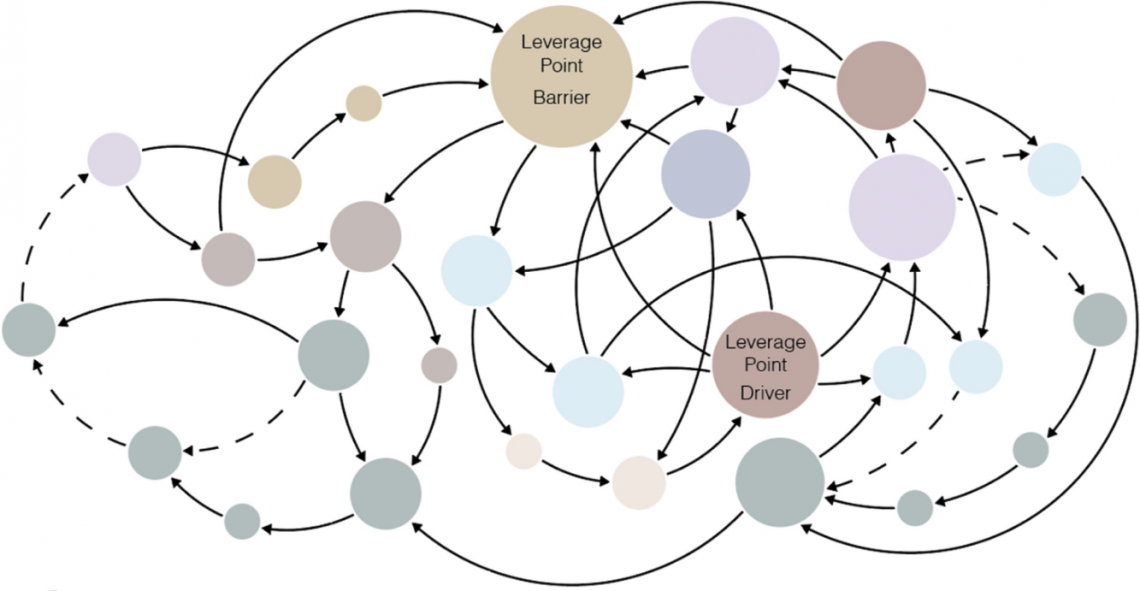Expanding Perceptions of the Circular Economy
By Kristin Gecan
July 11, 2019

Resources, Conservation, and Recycling has published “Expanding perceptions of the circular economy through design: Eight capitals as innovation lenses” by ID associate professor Carlos Teixeira, ID adjunct professor Andre Nogueira, and Weslynne S. Ashton of the IIT Stuart School of Business.
The paper demonstrates ID’s continuing work in identifying emergent value models for a new era:
Redesigning production systems to meet the demands of a growing global population presents complex and ambiguous challenges that require not only more sustainable management of material and energy, but also the recognition of different types of resources and values shaping current economic transactions.
Combining our hallmark approach in systems thinking with participatory methods and multi-level design, “Expanding perceptions” integrates three case studies—all projects with Chicago partners—to offer concrete examples of how design can help chart new ways forward for communities and organizations open to innovation.
This paper aims to…expand the CE [circular economy] discussion by leveraging systems thinking to recognize and incorporate consideration of multiple capitals sustaining contemporary economic activities.
We integrate considerations of the concept of CE, systems thinking approaches, design methods and community capitals framework…in order to increase the circularity of resource use and benefits to participants.
We develop a systems thinking framework using eight capitals, and apply it in multi-level contexts in the Chicago region to demonstrate how they provide new insights and critical pathways for the transition to the circular economy.
In 2016–2018, we developed three distinct collaborations at different geographic and organizational levels – facility (local circular economy at The Plant with partner Plant Chicago), city (food waste and sustainability in Chicago with partner the Chicago Food Policy Action Council), and region (Calumet regional regeneration with partner the Calumet Collaborative).
Read more about each of the projects mentioned:
Read the full paper published by Resources, Conservation, and Recycling.
And find more from Andre Nogueira about leading transitions to the new economy.